25+ SAMPLE Construction Partnership Proposal
-
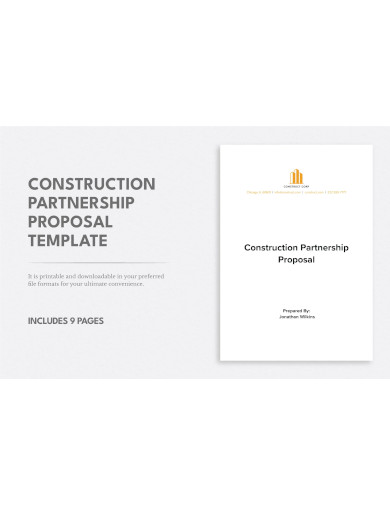
Construction Partnership Proposal
download now -
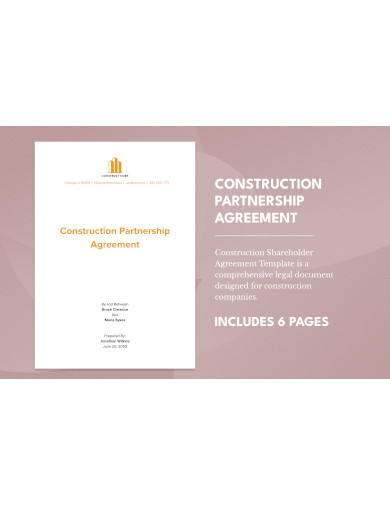
Construction Agreement Partnership
download now -

Construction Business Partnership Proposal
download now -
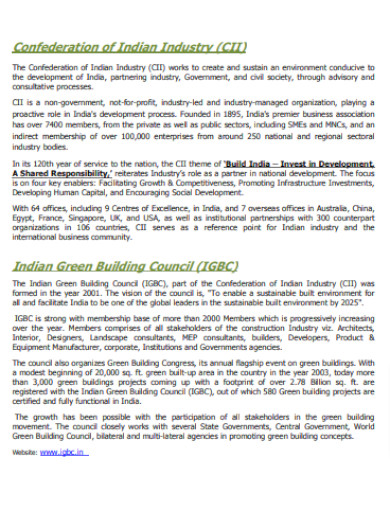
Construction Partnership Business Proposal
download now -
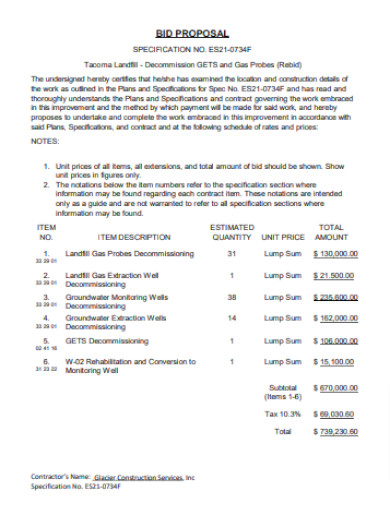
Construction Partnership BID Proposal
download now -
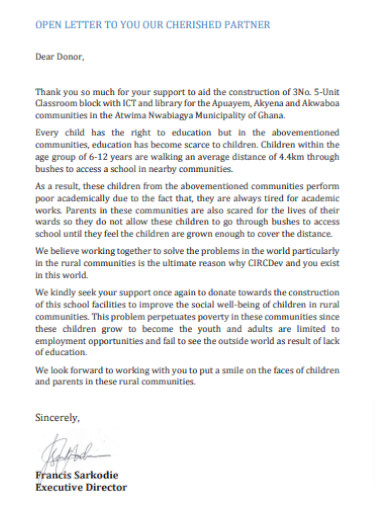
Construction Partnership Letter Proposal
download now -

Construction Partnership Request Proposal
download now -
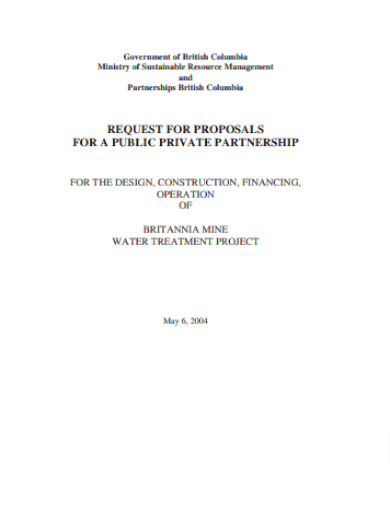
Construction Private Partnership Proposal
download now -
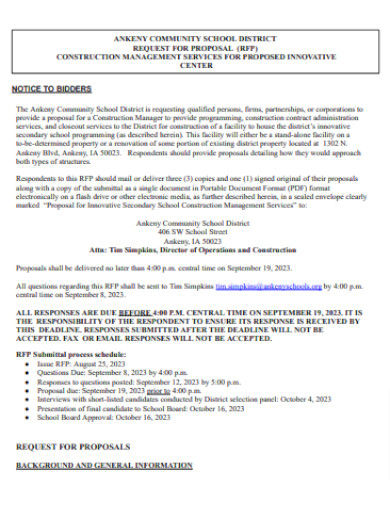
Construction Partnership Management Proposal
download now -
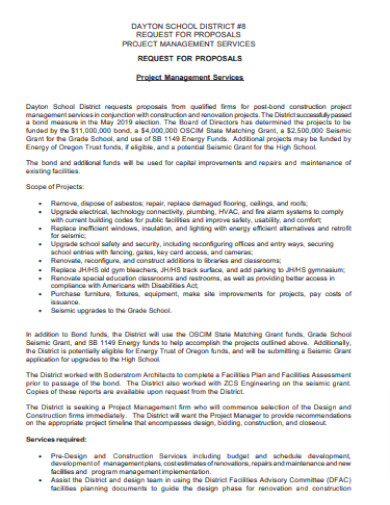
Construction Partnership Project Management Proposal
download now -
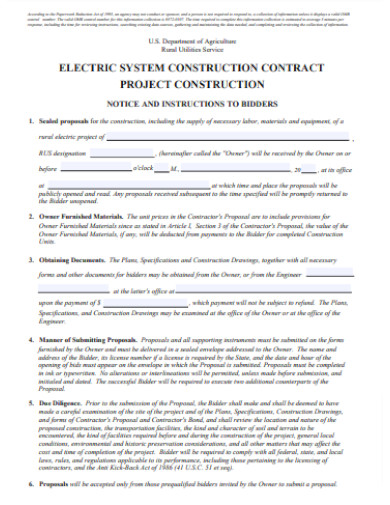
Construction Partnership Contract Proposal
download now -
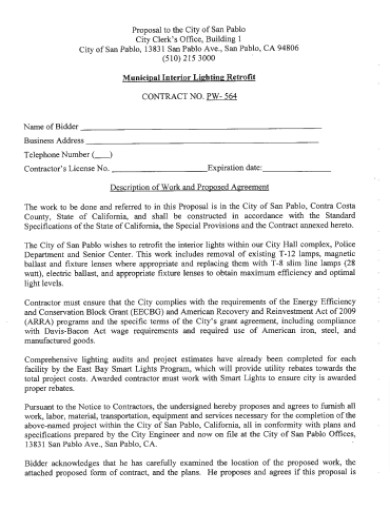
Simple Construction Partnership Proposal
download now -
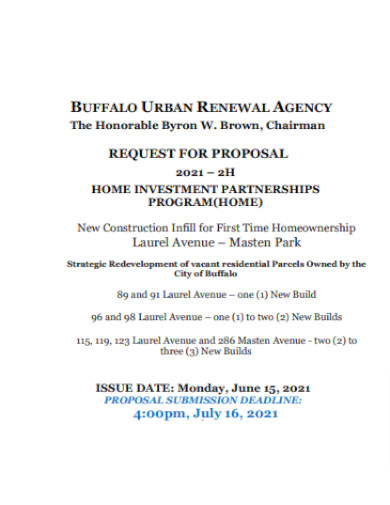
Construction Investment Partnership Proposal
download now -
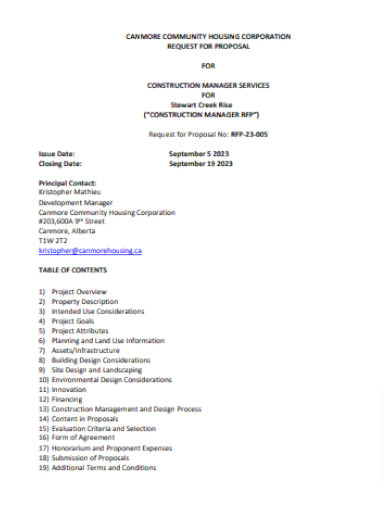
Construction Manager Partnership Proposal
download now -
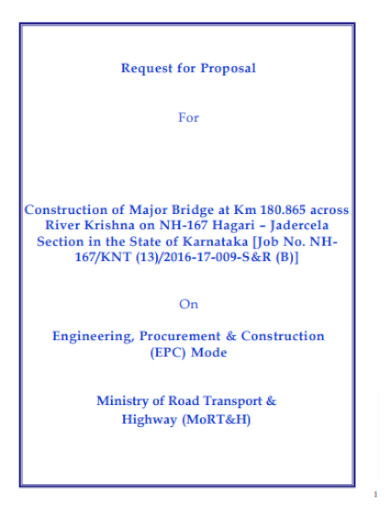
Construction Partnership Joint Venture Proposal
download now -

Printable Construction Partnership Proposal
download now -
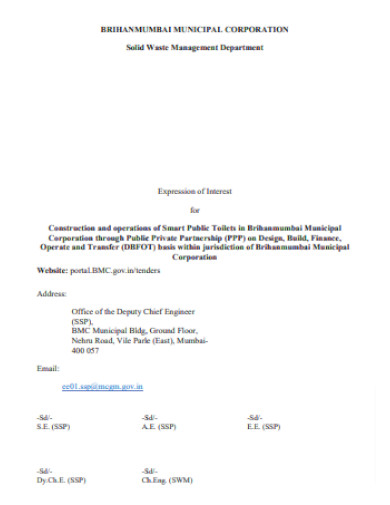
Construction Partnership Corporation Proposal
download now -

Editable Construction Partnership Proposal
download now -
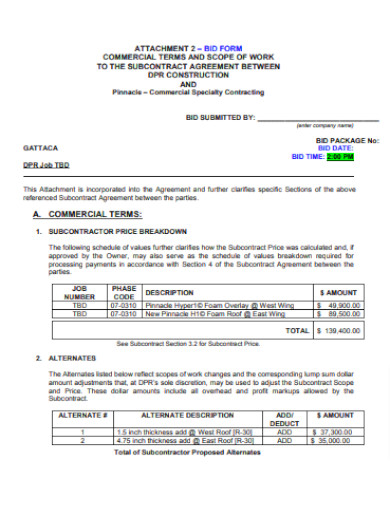
Construction General Partnership Proposal
download now -
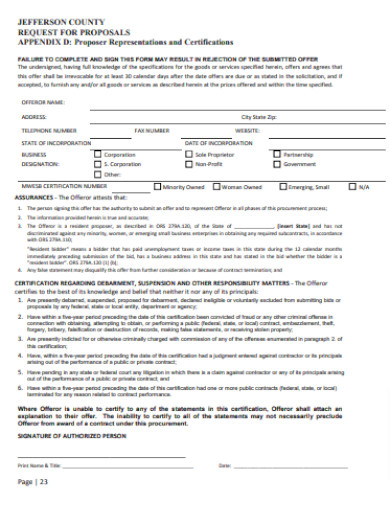
Sample Construction Partnership Proposal
download now -
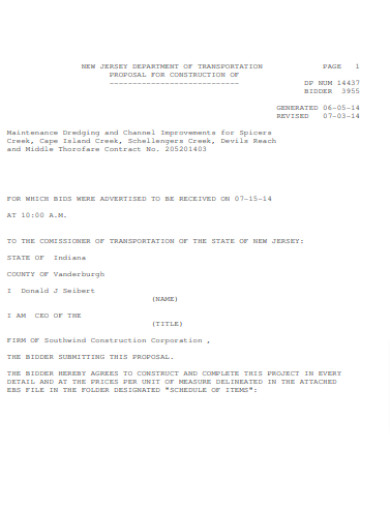
Construction Partnership Proposal Document
download now -
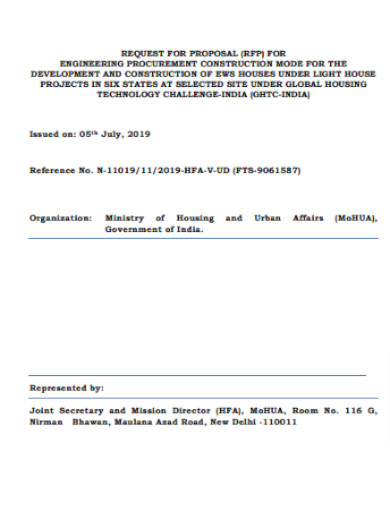
Basic Construction Partnership Proposal
download now -

Construction Partnership Proposal Form
download now -
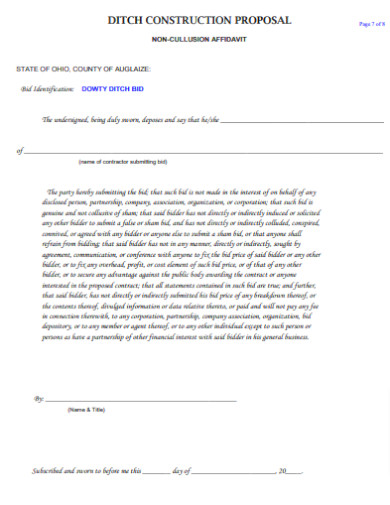
Construction Partnership Proposal Outline
download now -
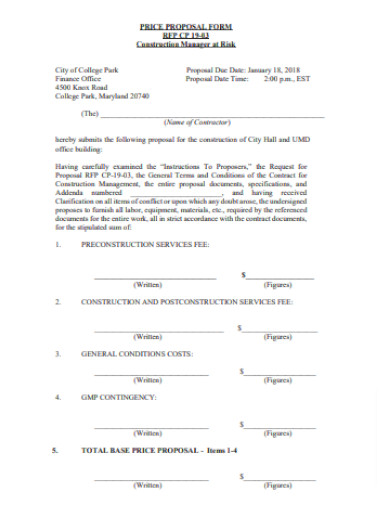
Construction Partnership Price Proposal
download now -
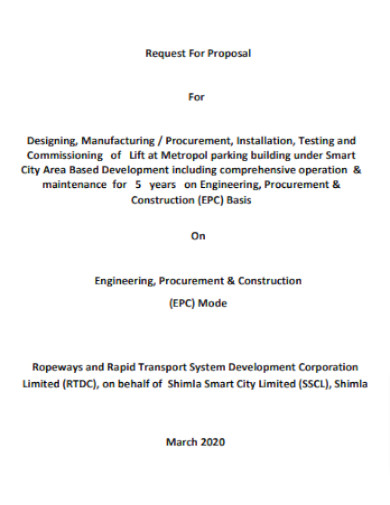
Construction Partnership Proposal Layout
download now
FREE Construction Partnership Proposal s to Download
25+ SAMPLE Construction Partnership Proposal
Definition:
A Blueprint for Collaborative Success:
Crafting the Objective: Uniting Visions
Defining Roles and Responsibilities: Clear Demarcation
Financial Framework: The Fiscal Blueprint
Conflict Resolution: Navigating Choppy Waters
Exit Strategy: Parting Ways Gracefully
How can a partnership proposal benefit a construction project?
What legal considerations should be kept in mind while crafting the proposal?
Why are timelines and milestones crucial in a partnership proposal?
Can partnership proposals be modified or renegotiated during the project?
What strategies can help make a partnership proposal more appealing?
Definition:
A Construction Partnership Proposal is a formal document presented by one entity to another, suggesting a collaborative effort in a construction venture. This proposal outlines the roles, responsibilities, financial contributions, and benefits each partner would bring and receive. The goal is to leverage combined resources, expertise, and strengths to achieve successful project outcomes and shared benefits.
A Blueprint for Collaborative Success:
In the bustling arena of construction, the mantra “two heads are better than one” often rings true. The complexity of today’s projects, coupled with the competitive nature of the industry, requires an evolved approach. Enter the Construction Partnership Proposal. This crucial document signifies more than a mere agreement—it represents the fusion of expertise, resources, and visions. With the stakes higher than ever, understanding the nuances of creating a compelling proposal can spell the difference between a fleeting handshake and a long-lasting alliance.
Crafting the Objective: Uniting Visions
In the world of construction, combining forces often leads to the creation of architectural marvels and infrastructural wonders. Crafting the objective of a Construction Partnership Proposal is the very cornerstone of this union. It’s not just about melding resources; it’s about aligning visions, ambitions, and aspirations.
Understanding Needs:
When two entities come together, they each bring their own set of ideas, expertise, and expectations. Therefore, it becomes imperative to carve out a clear, shared objective. Start by understanding each party’s individual goals. Once individual objectives are laid bare, the next step is finding common ground. This is where the magic happens. By identifying overlapping interests and complementary strengths, a cohesive vision emerges, one that is greater than the sum of its parts.
Shared Goals:
Communication is key. Engage in open dialogues, brainstorming sessions, and even workshops if necessary. This collaborative approach ensures that all potential bottlenecks are identified early on and that innovative solutions are found collaboratively. Remember, the objective isn’t just about what the partnership aims to build physically. It’s also about the legacy it wants to leave, the community it seeks to serve, and the mark it aspires to imprint on the sands of architectural time.
Defining Roles and Responsibilities: Clear Demarcation
In the intricate dance of a construction partnership, defining roles and responsibilities is akin to choreographing precise movements. Just as each dancer must know their steps to ensure harmony, every partner in a construction venture must be clear on their duties for the project to progress seamlessly.
Scope of Work:
- Clarity is paramount. Every task, no matter how minute, needs an owner. This clear demarcation ensures accountability and minimizes overlaps or gaps in responsibilities. Whether it’s procurement, design, site management, or financial oversight, each function requires a designated leader.
- Collaborative workshops can be instrumental in this process. By gathering all stakeholders and walking through the project’s lifecycle, one can pin down who is responsible for what. It’s also beneficial to delineate not just the ‘what’ but also the ‘how’. For instance, if one partner is responsible for sourcing materials, the process and criteria for selection should be transparent.
Decision-making Framework:
- Moreover, the lines of communication must remain open and fluid. Regular check-ins and updates ensure that everyone remains on the same page. They also provide an avenue for real-time feedback, enabling course corrections if a particular approach isn’t yielding the desired results.
- But it’s not just about allocation. Mutual respect for each partner’s expertise and capabilities is crucial. Recognizing and valuing the unique strengths each party brings to the table fosters a culture of trust and cooperation.
- Lastly, documenting these roles and responsibilities is critical. Having a tangible, referable document eliminates ambiguities and serves as a point of reference throughout the project’s duration. This document acts as a compass, guiding the partnership through the complexities of construction, ensuring that every move, every decision, is in concert.
Financial Framework: The Fiscal Blueprint
In any construction partnership, the financial framework stands as the backbone, holding the venture upright and guiding its forward momentum. Think of it as the fiscal blueprint, detailing the intricate weave of monetary commitments, returns, and risk allocations that transform ideas into tangible structures.
Investment and Returns:
- A robust financial framework begins with transparent budgeting. All projected expenses, from raw materials to labor costs and overheads, must be clearly itemized. This detailed breakdown not only ensures that adequate funds are allocated but also sets clear expectations for both parties involved.
- Next comes funding sources. Will the partnership rely on self-funding, external investors, or a blend of both? Understanding and defining these sources, along with their terms and conditions, is pivotal. This also involves addressing any loans or credit facilities, and the accompanying interest rates and repayment schedules.
- Profit and loss sharing is another crucial component. A balanced distribution, which recognizes and rewards each partner’s contributions and risks, cultivates trust and mutual respect. It’s essential to discuss and decide on the metrics and timelines for profit distribution.
Cost Overruns:
- Risk allocation, often an overlooked aspect, is equally critical. Who bears the brunt in case of cost overruns or project delays? Establishing a risk mitigation and management plan outlines preventive measures and provides clarity on steps to be taken in unforeseen circumstances.
- And, of course, there’s the matter of contingencies. The unpredictable nature of construction demands a cushion, a reserve fund for unexpected expenses. Setting aside a percentage of the budget for such unforeseen costs ensures the project doesn’t stall midway.
- Documentation ties this all together. Every financial agreement, decision, and projection should be meticulously recorded. This not only provides a reference point but also safeguards against potential disputes.
Conflict Resolution: Navigating Choppy Waters
In the dynamic realm of construction partnerships, conflicts are as inevitable as they are varied. Differences in vision, misunderstandings over roles, or disagreements about financial commitments can all sow seeds of discord. However, the true measure of a partnership isn’t in the absence of conflicts but in the ability to navigate these choppy waters with finesse.
Establishing Protocols:
- Effective communication is the anchor in stormy seas. It’s vital to maintain open channels, allowing both parties to voice concerns and air grievances. Regularly scheduled check-ins, be they formal meetings or informal catch-ups, ensure that small misunderstandings don’t snowball into larger issues.
- Empathy acts as the compass, guiding interactions. Understanding your partner’s perspective, acknowledging their concerns, and validating their feelings can bridge many gaps. It’s crucial to remember that each partner brings a unique viewpoint, and melding these varied perspectives often results in richer, more innovative solutions.
- A predefined conflict resolution strategy can be the map charting the course through disputes. This can range from third-party mediation to a simple cooling-off period. Having a structured approach ensures that emotions don’t override logic, and disagreements are addressed in a systematic, productive manner.
Seeking Mediation:
- Documenting everything remains the lighthouse, shedding light on murky waters. Detailed records of all decisions, discussions, and agreements offer a clear reference point in case of disputes. When each partner knows that the facts are recorded and can be revisited, it lends an added layer of transparency and accountability.
- Sometimes, it’s about seeking external expertise – be it legal counsel or industry experts. These seasoned professionals can offer neutral perspectives and guide the partnership towards common ground.
- Lastly, cultivating a culture of mutual respect and trust ensures smoother sailing. When both partners are invested in the partnership’s success and are committed to mutual growth, it creates a collaborative environment. In such an atmosphere, conflicts become opportunities for growth, helping to refine processes, enhance understanding, and strengthen the bond between partners.
Exit Strategy: Parting Ways Gracefully
In the world of construction partnerships, as in life, not everything is meant to last forever. Whether a collaboration reaches its natural conclusion, diverging goals emerge, or unforeseen challenges arise, there might come a time when parting ways is the best decision for both entities. Navigating this transition gracefully is crucial not just for the sake of professional courtesy, but to uphold reputation and ensure future opportunities remain unblemished.
Completion Protocols:
- A well-defined exit strategy is like a blueprint for an amicable separation. It’s a plan, carefully crafted and agreed upon at the outset, outlining how the partnership can be dissolved without damaging the interests of any party involved. This involves detailing how assets will be divided, how ongoing projects will be managed, and how each partner will continue forward post-separation.
- Transparency is the cornerstone of a smooth exit. Both parties should be clear about their reasons for ending the partnership and any concerns they might have. Open communication, devoid of blame or bitterness, can pave the way for understanding and mutual respect during the transition.
Dissolution Clauses:
- Proactive planning can be a lifesaver. Much like insurance, one hopes never to use it, but it’s invaluable when needed. Financial arrangements, especially, should be clearly outlined, ensuring neither party faces undue strain or unexpected liabilities. Considerations might include divesting shared resources, settling outstanding debts, or determining compensation for ongoing ventures.
- It’s essential to uphold commitments, particularly to third parties like clients or subcontractors. Ensuring ongoing projects are completed or transferred responsibly can prevent reputational damage and foster trust in the industry.
- Finally, parting on good terms can leave the door open for future collaborations. The construction industry, vast as it is, thrives on connections and relationships. By parting ways gracefully, both entities can maintain their standing and ensure they remain top picks for future opportunities.
How can a partnership proposal benefit a construction project?
A partnership proposal can enhance a construction project by pooling resources, expertise, and capital, leading to improved efficiency, shared risks, broader skill sets, and potentially greater financial stability, ensuring timely and successful project completion.
What legal considerations should be kept in mind while crafting the proposal?
When crafting a partnership proposal, consider legalities like defining roles/responsibilities, liability distribution, dispute resolution mechanisms, intellectual property rights, confidentiality clauses, termination conditions, and compliance with local construction and business laws to safeguard interests and ensure a transparent, smooth partnership.
Why are timelines and milestones crucial in a partnership proposal?
Timelines and milestones in a partnership proposal provide clarity, ensure synchronized efforts, set mutual expectations, and allow for timely monitoring of progress. They foster accountability, facilitate project management, and enhance the chances of timely and successful project completion.
Can partnership proposals be modified or renegotiated during the project?
Yes, partnership proposals can be modified or renegotiated during the project, provided both parties agree. It’s essential to include provisions for revisions in the original agreement, ensuring flexibility in response to unforeseen changes or challenges during the project’s lifecycle.
What strategies can help make a partnership proposal more appealing?
To make a partnership proposal more appealing: highlight mutual benefits, showcase past successes, offer competitive terms, ensure clarity in roles and responsibilities, provide financial incentives, demonstrate commitment to shared goals, and ensure transparency and open communication channels throughout the partnership’s duration.
The Construction Partnership Proposal is more than just a document; it’s a testament to the power of collaboration in the construction realm. By fostering alliances and leveraging combined strengths, it paves the way for innovative solutions and optimized resource utilization. In a world where teamwork propels success, this proposal stands as the linchpin, solidifying partnerships and catalyzing mutual growth in the industry.
